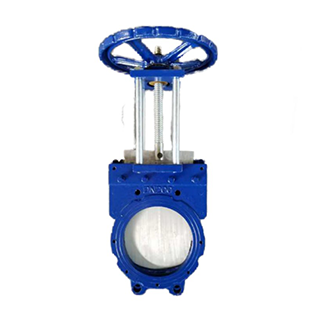lift check valves
Understanding Lift Check Valves
Lift check valves are critical components widely used in various industrial applications for their ability to prevent backflow in piping systems. These valves operate automatically by utilizing the fluid’s velocity and pressure to lift a disc or a ball, allowing fluid to flow in one direction. When the flow ceases or reverses, the disc or ball falls back into a seat, thereby closing off the flow path. This unique mechanism not only enhances system efficiency but also ensures safety by preventing reverse flow, which can lead to contamination and equipment damage.
How Lift Check Valves Work
The operation of a lift check valve is relatively straightforward. The valve consists of a body, a seat, and a movable disc or ball. When fluid flows in the desired direction, the pressure exerted by the moving liquid lifts the disc off the seat. This allows liquid to flow through the valve. The design of the lift check valve permits it to operate optimally at higher velocities, unlike some other types of check valves, which may fail under similar conditions.
Conversely, when the fluid flow stops or migrates in the opposite direction, gravity and the pressure differential cause the disc or ball to re-seat itself against the valve seat, effectively blocking reverse flow. This self-acting mechanism requires no external power source, making lift check valves a reliable choice in various applications.
Applications of Lift Check Valves
Lift check valves are commonly used in numerous industries, including water treatment, oil and gas, food processing, and chemical manufacturing. In water systems, they help maintain system integrity by preventing the backflow of contaminated water. In the oil and gas sector, these valves are vital in ensuring that the flow of crude oil and gas continues in the desired direction, safeguarding infrastructure against damage.
Moreover, in food processing, lift check valves are crucial for maintaining sanitary conditions. They prevent backflow and contamination, ensuring the safety and quality of food and beverage products. Similarly, in chemical manufacturing, these valves aid in the proper management of chemical flows, minimizing risks associated with corrosive substances.
Advantages of Lift Check Valves
lift check valves

The lift check valve design offers several benefits
1. Efficiency These valves maintain smoother flow characteristics, which can lead to reduced energy consumption in pumping systems. 2. Compact Design The compactness of lift check valves allows for easy installation in tight spaces, particularly in retrofitting applications where space constraints exist.
3. Durability Made from robust materials, lift check valves can withstand high pressures and extreme temperatures, making them suitable for a range of harsh environments.
4. Minimized Noise and Vibration Unlike some other check valves, lift check valves operate quietly, minimizing vibrations that can lead to wear and tear in piping systems.
Disadvantages and Considerations
Despite their many advantages, lift check valves have some limitations that should be considered. For instance, they are not suitable for use in horizontal piping systems where gravitational forces can affect their performance. Additionally, lift check valves may require more maintenance than other types of check valves due to their moving parts. Regular inspections are necessary to ensure the valve is functioning correctly and to prevent any potential failures.
Furthermore, the installation angle is crucial; these valves are typically designed for vertical installations where fluid flows upwards. When installed incorrectly, lift check valves may not perform as intended, leading to system inefficiencies.
Conclusion
In conclusion, lift check valves play an indispensable role in numerous industrial applications by preventing backflow and ensuring fluid integrity within a system. Their automatic operation, coupled with a design that promotes efficiency, makes them an essential choice across various industries. When selecting a lift check valve, it is important to consider factors such as installation requirements, maintenance needs, and specific application demands. Understanding these elements will help ensure optimal performance and longevity of the valve, ultimately contributing to the overall efficiency and safety of the piping system in which it is employed.
-
The Key to Fluid Control: Exploring the Advantages of Ball Valves in Industrial SystemsNewsJul.09,2025
-
The Versatile World of 1, 2, and 3 Piece Ball ValvesNewsJul.09,2025
-
Stainless Steel Ball Valves: The Ideal Choice for Efficient Flow ControlNewsJul.09,2025
-
Optimizing Fluid Control with Ball Float ValvesNewsJul.09,2025
-
Manual Gate Valves: Essential for Control and EfficiencyNewsJul.09,2025
-
Everything You Need to Know About Butterfly ValvesNewsJul.09,2025
-
The Versatility of Wafer Type Butterfly ValvesNewsJul.08,2025




